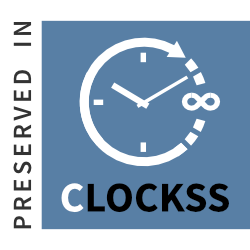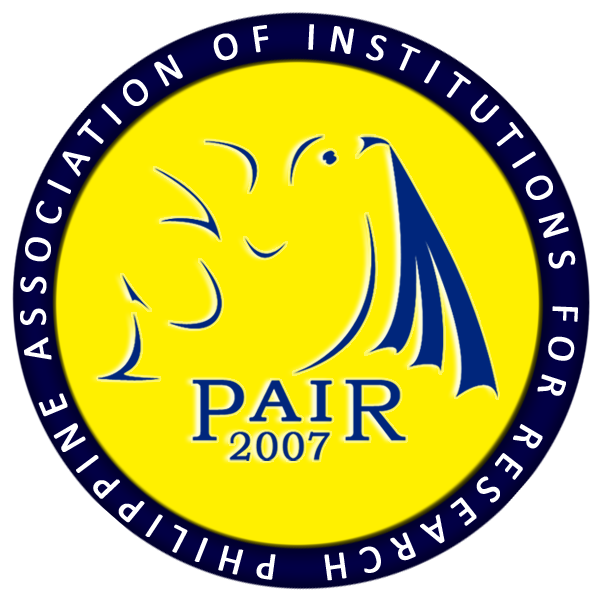Exposition of the Different Schema Clustering (Information Integration) Techniques
DOI:
https://doi.org/10.7719/jpair.v3i1.83Keywords:
Exposition, schema clustering, information-integrationAbstract
The Internet today has provided more opportunities for entities to communicate, exchange information in a very dynamic manner. Explicitly, Web 2.0 and SaaS have provided new kinds of platform/ services which resulted to more web applications taking advantage of the universality of XML. Techniques regarding XML clustering between different heterogenous sources especially in a more open environment are becoming more necessary, which leads to a more efficient handling of the increasing volumes of XML schemas employed. Various (XML clustering) techniques are out in the open, and can be integrated for use in the different application areas, such as E-commerce, data warehousing, unique user supplied query parameters and possibly in any general data integration activity. In this paper, in each of the XML clustering technique, the researcher provides a general idea and its specific approach/ technique with relevance to an intended implementation. Following the approach/ technique will be the presentation of its key advantages and disadvantages.
Downloads
References
Batini, C., Lenzerini, M., & Navathe, S. B. (1986). A comparative analysis of methodologies for database schema integration. ACM Computing Surveys, 18(4), Article number or pages.
Bernstein, P., & Rahm, E. (2001). A survey of approaches to automatic schema matching. VLDB Journal, 10, 334–350.
Biron, P. V., & Malhotra, A. (2001). XML Schema Part 2: Datatypes. World Wide Web Consortium (W3C). http://www.w3.org/TR/xmlschema2/
Downloads
Published
Issue
Section
License
Copyright (c) 2009 Gregg Victor D. Gabison

This work is licensed under a Creative Commons Attribution-NonCommercial 4.0 International License.
Open Access. This article published by JPAIR Multidisciplinary Research is licensed under a Creative Commons Attribution-Noncommercial 4.0 International (CC BY-NC 4.0). You are free to share (copy and redistribute the material in any medium or format) and adapt (remix, transform, and build upon the material). Under the following terms, you must give appropriate credit, provide a link to the license, and indicate if changes were made. You may do so in any reasonable manner, but not in any way that suggests the licensor endorses you or your use. You may not use the material for commercial purposes.





















